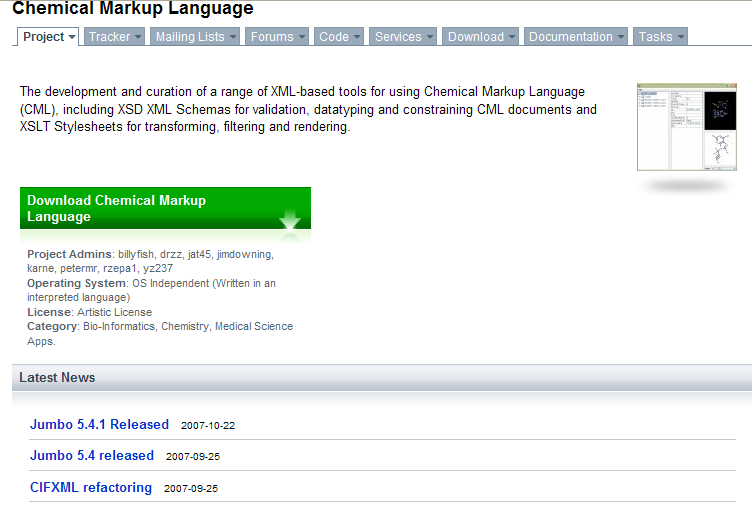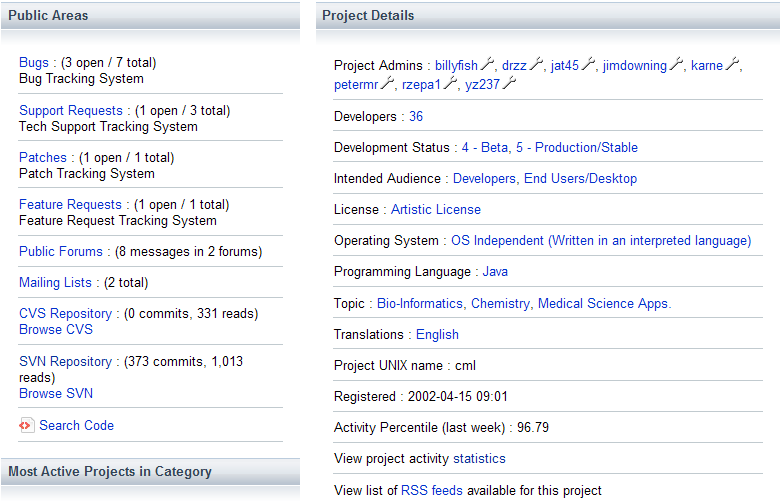APE (Academic Publishing in Europe) was a stimulating meeting, but I wasn’t able to blog any of it as (a) there wasn’t any wireless and (b) there wasn’t any electricity (we were in the Berlin–Brandenburg. Academy of Sciences, which made up for the lack by the architecture and the legacy of bullet holes in the masonry). So I took notes while the battery lasted, but they read rather staccato.
The first keynote was very exciting. Rolf-Dieter Heuer is the new Director General of CERN – where they start hunting the Higgs Boson any time now. CERN has decided to run its own publishing venture – SCOAP3– which I first heard of from Salvatore Mele – I’m hoping to visit him is CERN before they let the hadrons loose.
So my scattered notes…
SCOAP requires all COUNTRIES contribute (i.e. total commitment from the community and support for the poorer members)
closely knit community, 22, 000 ppl.
ca 10MEUR for HEP – much smaller than expts (500MEUR) so easy for CERN to manage (So organising a publishing project is small beer compared with lowering a 1200 tonne magnet down a shaft
22% use of Google by young people in physics as primary search engine
could we persuade people to spend 30 mins/week for tagging
what people want
full text
depth of content
quality
build complete HEP paltform
integrate present repositories
one-stop shop
integrate content and thesis material [PMR – I agree this is very important]
text-and data-mining
relate documents containg similar information
new hybrid metrcs
deploy Web2.0
engage readers in subject tagging
review and comment
preserve and re-use reaserach data
includes programs to read and analyse
data simulations, programs behind epts
software problem
must have migration
must reuse terminated experiments
[PMR. Interesting that HEP is now keen to re-use data. We often heard that only physiscists would understand the data so why re-use it. But now we see things like the variation of the fundamental constants over time – I *think* ths means that the measurement varies, not the actual constants]
preservation
same reesearchers
similar experiements
future experiements
theoretic who want to check
theorist who want to test futuire (e.g. weak force)
need to reanalyze data with time (JADE experiement, tapes saved weeks before destruction and had expert)
SERENDIPTOUS discovery showing that weak force grows less with shorter distance
Raw data 3200 TB
raw-> calibrated -> skimmed -> high-leve obj -> phsyics anal – > results
must store semantic knowledge
involve grey literature and oral tradition
MUST reuse data after experiment is stopped
re-suable by other micro doamins
alliance for permanent access
PMR: I have missed the first part because battery crashed. But the overall impression is that SCOAP3 will reach beyond physics just as arXiv does. It nmay rival Wellcome in its impact on Open Acces publishing. SCOAP3 has the critical mass of community, probably finance, and it certainly has the will to succeed. Successes tend to breed successes.
… more notes will come at random intervals …
-
Recent Posts
-
Recent Comments
- pm286 on ContentMine at IFLA2017: The future of Libraries and Scholarly Communications
- Hiperterminal on ContentMine at IFLA2017: The future of Libraries and Scholarly Communications
- Next steps for Text & Data Mining | Unlocking Research on Text and Data Mining: Overview
- Publishers prioritize “self-plagiarism” detection over allowing new discoveries | Alex Holcombe's blog on Text and Data Mining: Overview
- Kytriya on Let’s get rid of CC-NC and CC-ND NOW! It really matters
-
Archives
- June 2018
- April 2018
- September 2017
- August 2017
- July 2017
- November 2016
- July 2016
- May 2016
- April 2016
- December 2015
- November 2015
- September 2015
- May 2015
- April 2015
- January 2015
- December 2014
- November 2014
- September 2014
- August 2014
- July 2014
- June 2014
- May 2014
- April 2014
- March 2014
- February 2014
- January 2014
- December 2013
- November 2013
- October 2013
- September 2013
- August 2013
- July 2013
- May 2013
- April 2013
- March 2013
- February 2013
- January 2013
- December 2012
- November 2012
- October 2012
- September 2012
- August 2012
- July 2012
- June 2012
- May 2012
- April 2012
- March 2012
- February 2012
- January 2012
- December 2011
- November 2011
- October 2011
- September 2011
- August 2011
- July 2011
- May 2011
- April 2011
- March 2011
- February 2011
- January 2011
- December 2010
- November 2010
- October 2010
- September 2010
- August 2010
- July 2010
- June 2010
- May 2010
- April 2010
- August 2009
- July 2009
- June 2009
- May 2009
- April 2009
- March 2009
- August 2008
- July 2008
- June 2008
- May 2008
- April 2008
- March 2008
- February 2008
- January 2008
- December 2007
- November 2007
- October 2007
- September 2007
- August 2007
- July 2007
- June 2007
- May 2007
- April 2007
- December 2006
- November 2006
- October 2006
- September 2006
-
Categories
- "virtual communities"
- ahm2007
- berlin5
- blueobelisk
- chemistry
- crystaleye
- cyberscience
- data
- etd2007
- fun
- general
- idcc3
- jisc-theorem
- mkm2007
- nmr
- open issues
- open notebook science
- oscar
- programming for scientists
- publishing
- puzzles
- repositories
- scifoo
- semanticWeb
- theses
- Uncategorized
- www2007
- XML
- xtech2007
-
Meta

